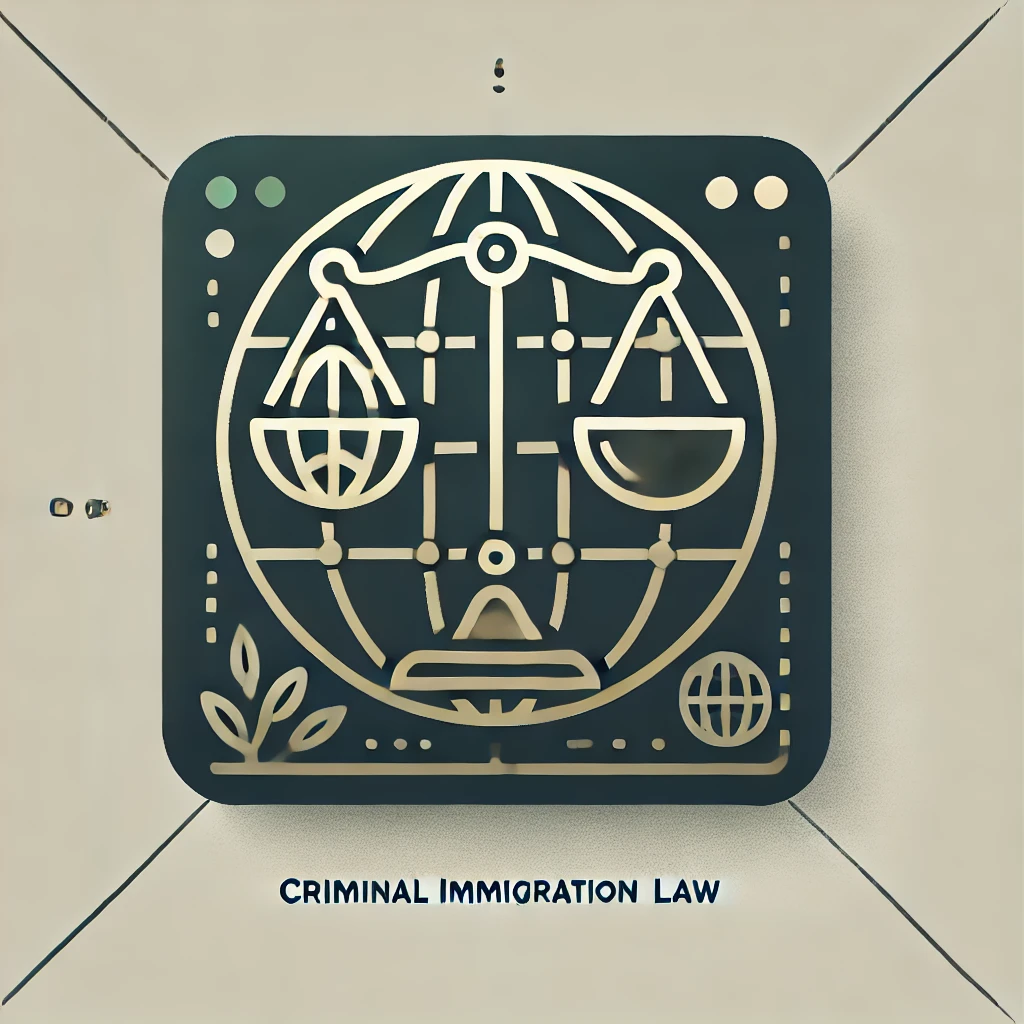Welcome to the world of immigration! In this article, we will delve into Understanding Form I-485: Adjustment of Status, a crucial step for many seeking to become lawful permanent residents in the United States. Whether you’re just starting your journey or are already in the process, this guide will provide you with the insights you need.
Who Should File Form I-485?,
How to File Form I-485?,
Processing Time for Form I-485,
Common Issues and Challenges,
Key Takeaways,
Conclusion
Understanding Form I-485: Adjustment of Status
What is Form I-485?
Form I-485, also known as the Adjustment of Status application, is a vital document for individuals who are already in the United States and wish to become lawful permanent residents. This form allows you to adjust your immigration status without having to leave the country. Imagine it as a bridge that connects your current status to your dream of permanent residency. It’s like upgrading your ticket from a temporary visitor to a permanent resident!
Who Should File Form I-485?
Not everyone needs to file Form I-485. It’s specifically designed for certain categories of individuals. Here are some common scenarios:

- Family-based applicants: If you have a close family member who is a U.S. citizen or a lawful permanent resident, you may be eligible.
- Employment-based applicants: If you have a job offer from a U.S. employer or are already working in the U.S. on a valid visa.
- Asylees and refugees: If you were granted asylum or refugee status, you can apply for adjustment after one year.
- Special immigrant categories: Certain special categories, such as religious workers or international broadcasters, may also qualify.
So, are you one of the lucky ones who can file? If you think you might be, let’s keep going!
How to File Form I-485?
Filing Form I-485 might seem daunting, but breaking it down into steps can make it manageable. Here’s how you can do it:
USCIS taking too long? Discover how a Mandamus lawsuit can get your case moving.
Learn How a Writ of Mandamus Can Help- Gather your documents: You’ll need various documents, including your birth certificate, passport, and any previous immigration paperwork.
- Complete the form: Fill out Form I-485 carefully. Make sure to double-check your answers; mistakes can lead to delays.
- Pay the filing fee: The fee can vary depending on your age and the specifics of your case, so check the USCIS website for the latest information.
- Submit your application: Send your completed form and documents to the appropriate USCIS address. Don’t forget to keep copies for your records!
- Attend your biometrics appointment: After filing, you’ll receive a notice for a biometrics appointment where your fingerprints and photo will be taken.
- Prepare for the interview: If required, you’ll have an interview with a USCIS officer. Be honest and prepared to answer questions about your application.
And just like that, you’re on your way! It’s like preparing for a big exam; the more prepared you are, the better you’ll do!
Processing Time for Form I-485
Now, let’s talk about the waiting game. The processing time for Form I-485 can vary widely based on several factors, including:
- USCIS workload: Sometimes, they have a backlog, which can slow things down.
- Your category: Family-based applications may take different amounts of time compared to employment-based ones.
- Location: Processing times can vary by USCIS office, so check the specific office handling your case.
On average, it can take anywhere from 8 to 14 months, but it’s not uncommon for it to take longer. Patience is key here—think of it as waiting for a pot of water to boil. It takes time, but it’s worth it in the end!
Common Issues and Challenges
While the process of filing Form I-485 is straightforward, it’s not without its challenges. Here are some common issues applicants face:
Get complimentary general advice via email or WhatsApp!
For more in-depth legal counsel, phone or office consultations are available for a flat fee for up to 40 minutes.
Contact Us on WhatsApp Email us- Incomplete applications: Missing documents or unanswered questions can lead to delays or denials.
- Changes in circumstances: If your situation changes (like a job loss or marriage), it can affect your application.
- Legal complications: If you have a complicated immigration history, it’s wise to seek legal advice.
Remember, it’s always better to be proactive. If you hit a snag, don’t hesitate to reach out for help!
Key Takeaways
- Form I-485 is essential for adjusting your status to a lawful permanent resident.
- Eligibility varies based on family ties, employment, and special categories.
- Filing requires careful preparation and attention to detail.
- Processing times can vary; patience is crucial.
- Seek legal help if you encounter challenges or have a complicated case.
Conclusion
In conclusion, navigating the waters of immigration can be tricky, but understanding Form I-485: Adjustment of Status is a significant step in your journey. Remember, you’re not alone in this process. If you ever feel overwhelmed or uncertain, don’t hesitate to seek legal help early. It can make all the difference in achieving your dream of permanent residency!
Related Articles
- How to Prepare for Your Immigration Interview,
- The Importance of Maintaining Your Visa Status,
- Understanding the Green Card Process,
- Common Mistakes to Avoid When Filing Immigration Forms,
- What to Expect After Filing Form I-485,
- Understanding the Role of Immigration Lawyers,
- Tips for a Successful Adjustment of Status Interview,
- How to Handle Immigration Denials,
- Exploring Family-Based Immigration Options,
- Understanding Employment-Based Immigration Categories,
